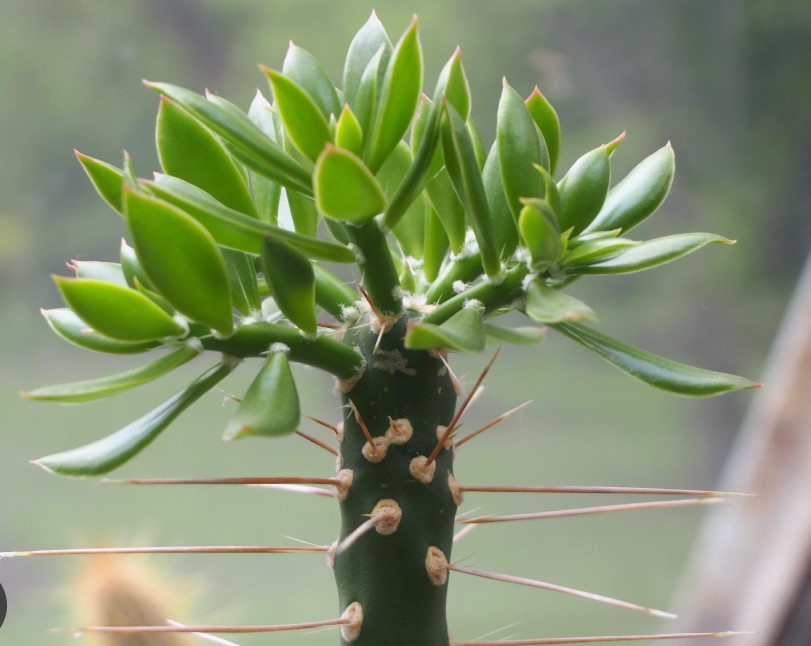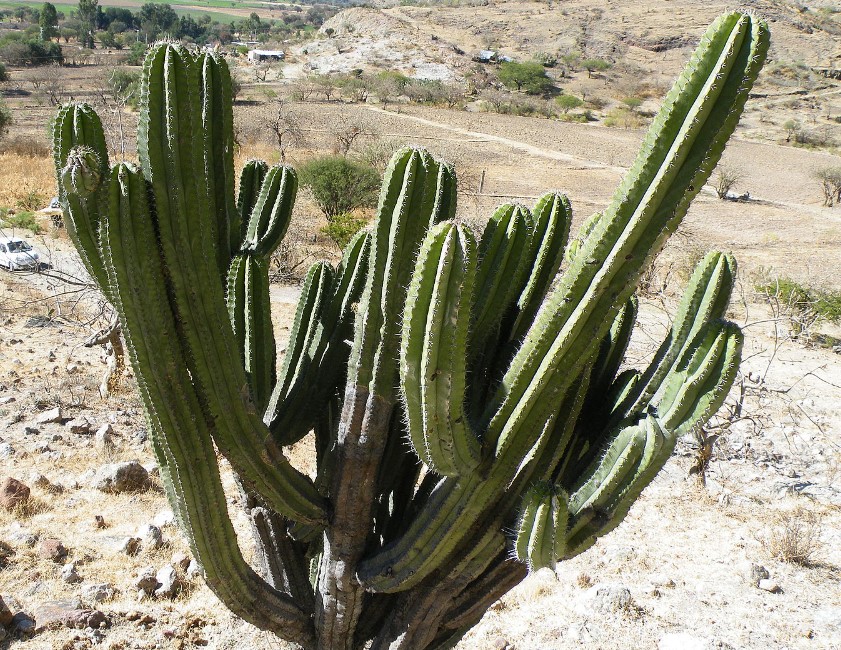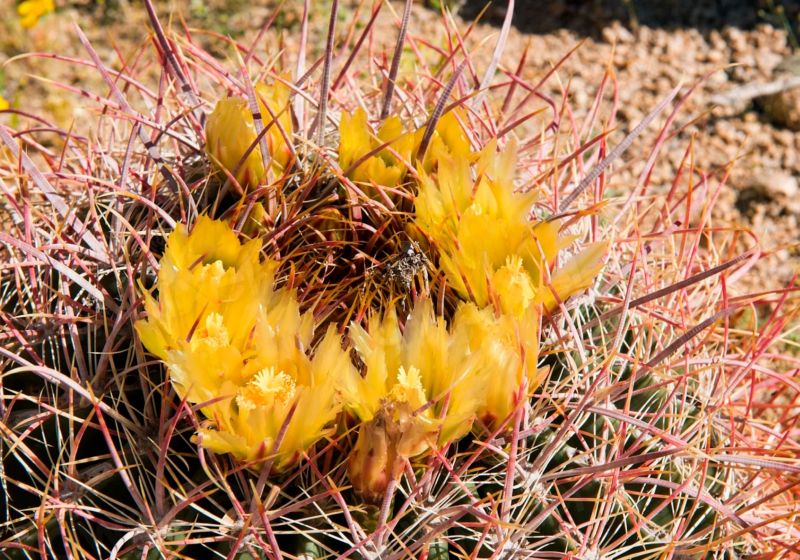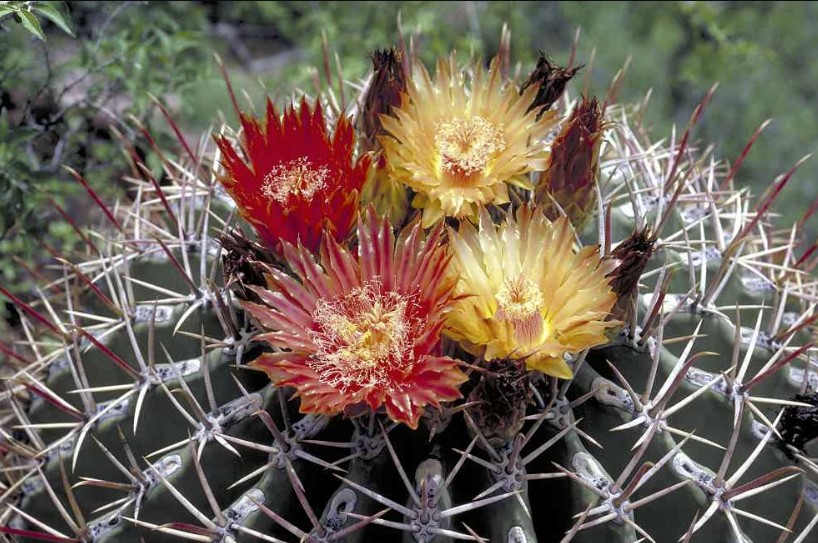Polaskia is named after Charles Polaski, an amateur American. In 1905, Robert Roland-Gosselin described two large cacti that grow in the dry, cactus-rich area of southern Puebla, Mexico, naming them Cereus chende and C. chichipe. More than 40 years later, Curt Backeberg described separate genera for each species, Heliabravoa chende, and Polaskia chichipe, honoring Helia Bravo-Hollis, a Mexican cactus researcher, and Charles Polaski, a cactus enthusiast from Oklahoma.
Arthur Gibson and Karl Horak (1978), in their critical study of the columnar cacti of Mexico, concluded that the two are closely related and placed both in Polaskia. Subsequently, the International Cactaceae Systematics Group (Hunt and Taylor 1990) decided that the two species of Polaskia (type, C. chichipe = P. chichipe) as well as the one of Escontria be included in Myrtillocactus. Later, however, Polaskia and Escontria were considered separate genera (Hunt 1999). Polaskia flowers bloom in the summer.
Thus, Polaskia has two species, and Gibson (1988b) believes that many of their characteristics are primitive in the group of cacti related to Stenocereus.
Polaskia has been placed in synonymy with the following genera:
-
Polaskia Backeberg 1949
-
Heliabravoa Backeberg 1956
Subfamily: Cactoideae
Tribe: Pachycereeae.
Habitat: It is endemic to warmer areas. Plants are treelike, 4-5 meters (13–16 feet) high, much branched, and forming a dense canopy 3–4 meters (9.8–13 feet) above the ground.
Stems: The stems are bright green, forking repeatedly, and 1-2 meters (3.3–6.6 feet) long.
Ribs: approximately 7–12, sharply triangular in cross-section, margins with conspicuous sinuses.
Areoles: The areoles are shield-shaped, 3–4 mm wide, and closely spaced along the rib margins.
Central spines: The central spines are present or absent.
Radial spines: The radial spines are 3–8, grayish to blackish.
Flowers: The flowers are small and open during the day and at night, urn- to bell-shaped, white to creamy white to yellowish green. Fruits: The fruits are globose, red, juicy, edible, and 2-4 cm (0.8–1.6 in) in diameter.
Seeds: The seeds are small, pear-shaped to ovoid, dull black.
Distribution: It is found in southern Mexico, in Oaxaca and Puebla.







